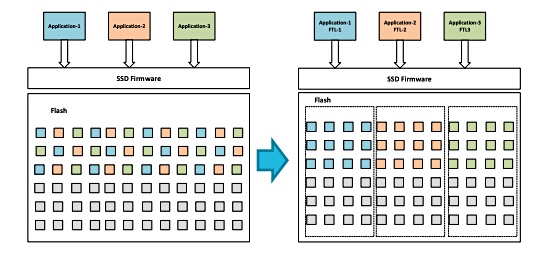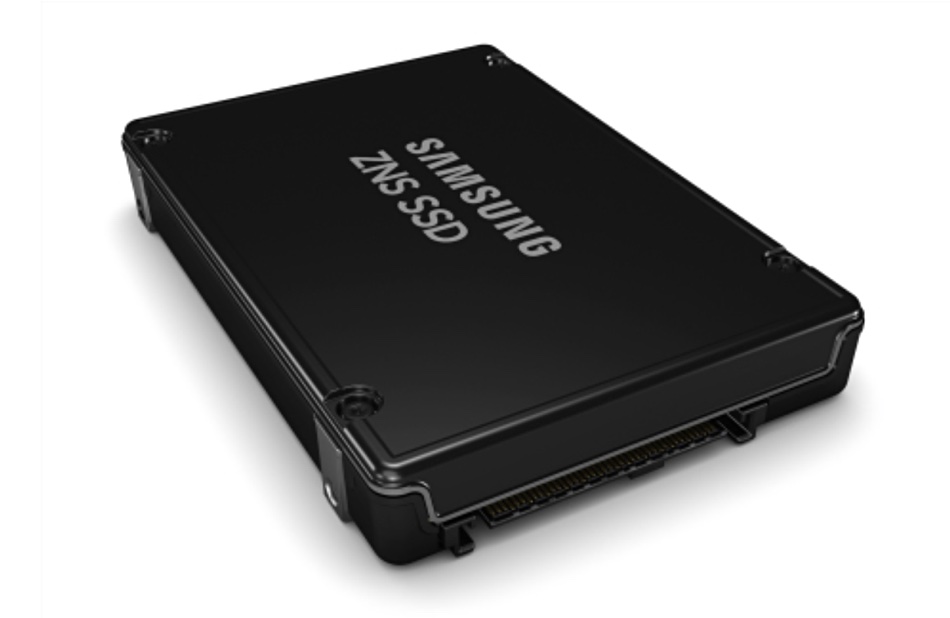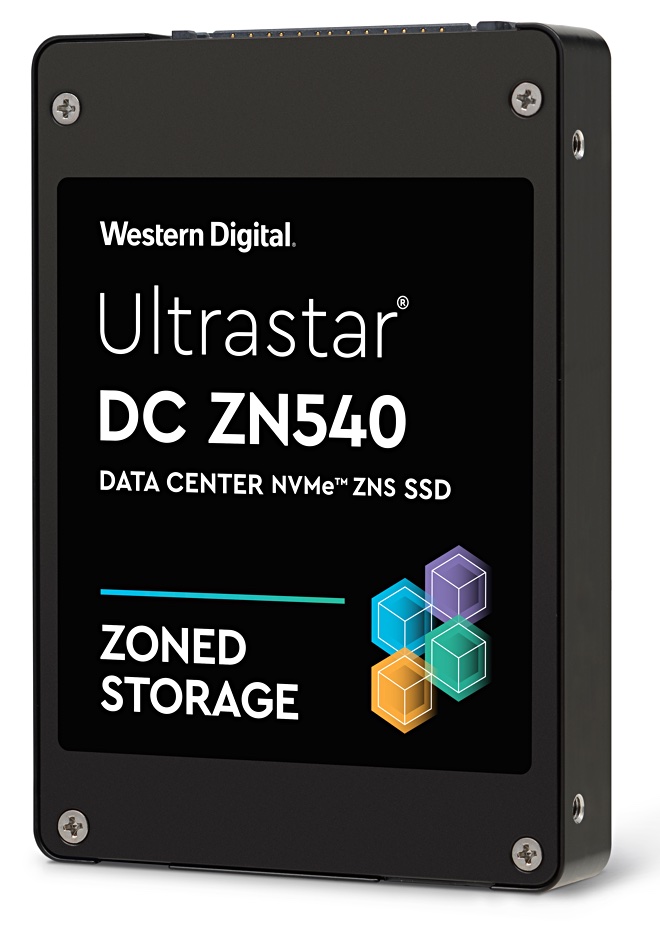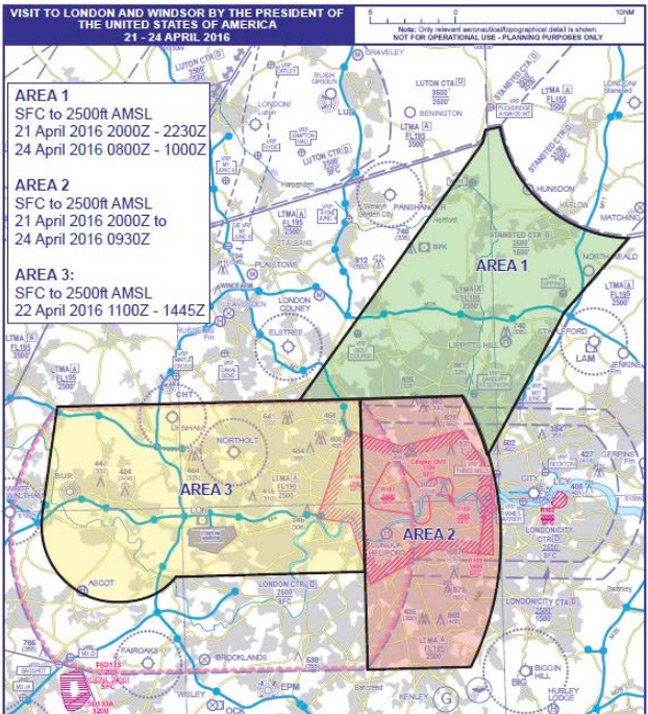Samsung and Western Digital are allying to standardize and drive broad adoption of next-generation zoned SSD data placement, processing and fabrics (D2PF) storage technologies.
The pair will initially focus on jointly creating a vigorous ecosystem for zoned storage solutions. They want to encourage a range of collaborations around D2PF technology standardization and software development. The intent is that end users can have confidence that zoned technologies will have support from multiple device vendors and from vertically integrated hardware and software companies.

Rob Soderbery, EVP and GM for Western Digital’s Flash Business Unit, said in a statement: “For years Western Digital has been laying the foundation for the zoned storage ecosystem by contributing to the Linux kernel and open-source software community. We are excited to bring these contributions to this joint initiative with Samsung in facilitating wider adoption of zoned storage for users and application developers.”
Jinman Han, Head of Memory Sales & Marketing at Samsung Electronics, added: “Our collaborative efforts will embrace hardware and software ecosystems to ensure that as many customers as possible can reap the benefits of this highly important technology.” He said the collaboration “will actively grow into a larger basis of engagement for zoned storage standardization.”

A zoned SSD has its capacity divided into separate areas or zones which are used for data with different IO types and characteristics – read-intensive, write-intensive, mixed, JPEGs, video, etc. The traditional Flash Translation Layer (FTL), which normally manages data placement on the drive, is not used. Data can only be appended to existing data in a zone, being written sequentially. Typically small writes are aggregated together (batched up) by the zone management software into a 4KB chunk and written in a single operation to the drive. A zone must be erased for its cells to be rewritten.
The zone management and data placement software can be located in a host server and acts as the SSD front-end software instead of a drive-resident FTL. A WD zoned storage website contains more information.

Samsung announced its PM1731a zoned namespace SSD in June last year, its first such device. Western Digital was earlier into the zoned SSD game with its ZN540 in November 2020.
WD sees zoned namespaces applying to its shingled magnetic recording (SMR) disk drives as well as SSDs, a technology sector in which Samsung does not participate.

Samsung and Western Digital say they will define high-level models and frameworks for next-generation zoned storage technologies through organizations such as the Storage Networking Industry Association (SNIA) and the Linux Foundation. Inside the SNIA they have already founded the zoned storage Technical Work Group, which was approved in December 2021. This group, which also has NetApp and Microsoft as members, is defining and specifying common use cases for zoned storage devices, as well as host/device architecture and programming models.
Samsung and WD want to expand zone-based (e.g. ZNS, SMR) device interfaces to future-generation, high-capacity storage devices with enhanced data placement and processing technologies. They also see expansion possibilities to computational storage and storage fabrics including NVMe over Fabrics (NVMe-oF), which they call emerging D2PF technologies.
Comment
Samsung has no product interest in having D2PF apply to SMR disk drives; it doesn’t make HDDs. That part of the Samsung-WD initiative will need Seagate and Toshiba co-operation for D2PF (host-managed) SMR disk drives to have a standardized interface across vendors.
In order for the Samsung-WD D2PF initiative to be used across the SSD industry, it will need other SSD suppliers and controller suppliers, such as Phison, to join in. That basically means getting Kioxia – which could be likely as it is a WD NAND fab partner – Micron and SK hynix on board as well. If these join the SNIA zoned storage work group, zoning could become an SSD industry standard. Having a hyperscaler vendor or two join in would help as well since they buy thousands of SSDs annually and would need to alter their software to use zoned SSDs.








